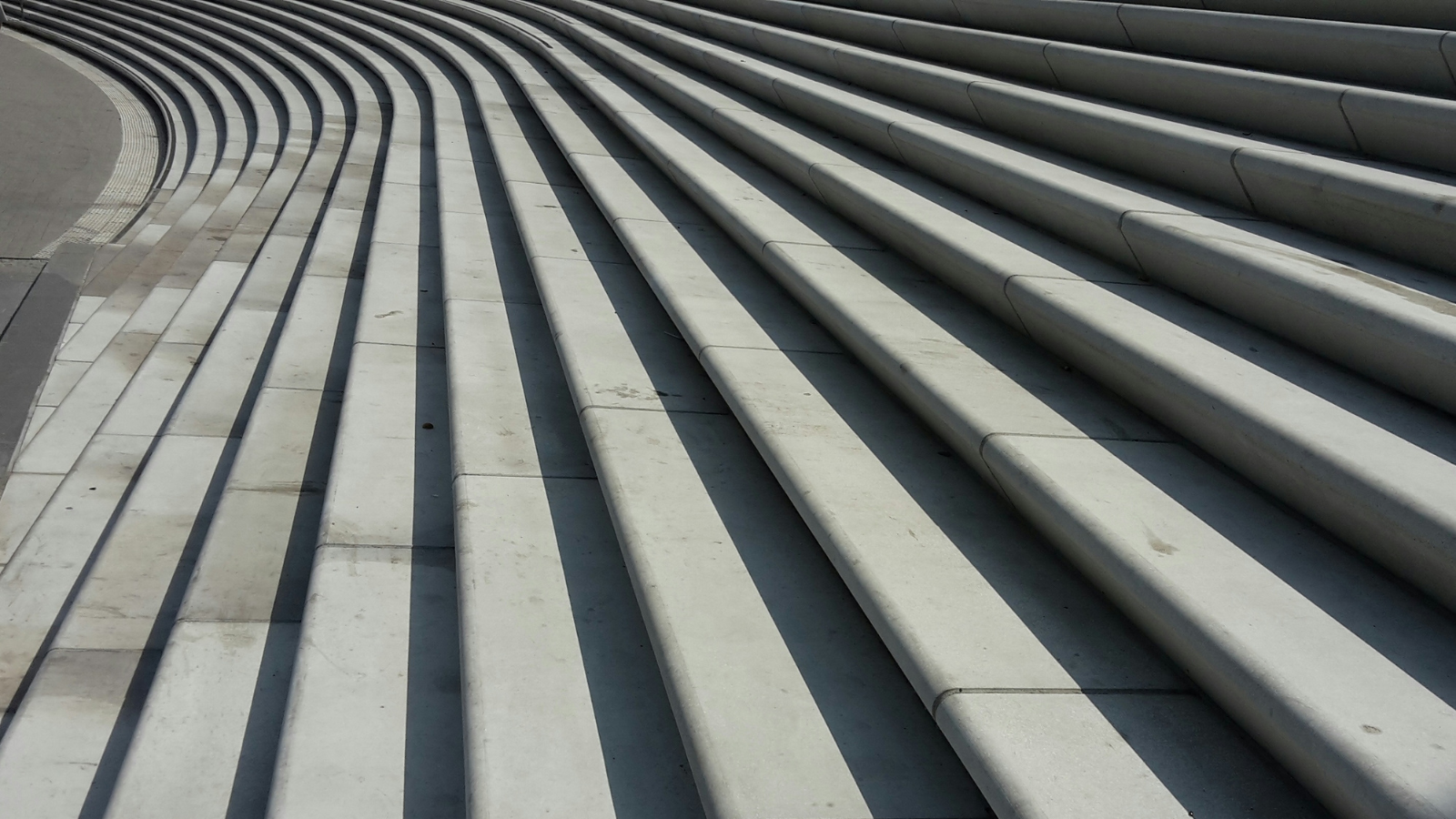The future depends on how we build it – introducing our Alliance

When athletes settle into their rooms at the Olympic Village in Paris next year, they’ll be helping to make environmental history: their temporary homes are, at least partially, made of low-carbon concrete. It’s fitting that concrete – the most used manufactured material on Earth and source of 8% of global CO2 emissions – should play its part in reaching the ambitious targets set at the 2015 Paris climate summit. The Games promise to “assume its responsibilities for the environmental and social challenges we are facing” and claim to be the first climate-positive event ever.
The pressing need for action in the face of this huge climate challenge is the main reason why a progressive Alliance for Low-Carbon Cement & Concrete will start shaping a sustainable future today. We, as the alliance, want to drive the rapid decarbonisation of the cement industry and hit the target of near-zero emissions as early as 2040. En route, we aim to foster industrial innovation here in Europe, which will secure employment and rein in soaring costs.
Greening the construction sector – a tough ask
Of course, we know it won’t be easy. One of our members, the Managing Director at Ecocem, Conor O’Riain, has highlighted it already: “[cement] is almost ubiquitous to the point of anonymity. It is everywhere, and yet, concerningly, many fail to notice its environmental impact.”
What’s more, there’s little to no sign that the demand for concrete is abating. On the contrary: further industrialisation and urbanisation, population growth, housing, and public infrastructure demand are driving its use, and emissions are higher.
Global cement production reached 4.4bn tonnes in 2021 as the world consumed 30bn tonnes of concrete. To put that into perspective, 30bn tonnes equals 3,000,000 times the weight of the Eifel Tower. Rising demand could push annual output closer to 5bn tonnes by 2030. One reason is, ironically, that concrete is crucial for climate-resilient (re)construction such as public infrastructure like sea walls or flood defence barriers and water storage!
Answers at hand: alternative solutions already exist
The good news: innovative low-carbon cement and concrete solutions are available and ready to be scaled up. The less good news: policy, regulatory, and financial frameworks are, so far, working against such solutions. The new and innovative materials being used in the Olympic Village in Paris and elsewhere can help and are already contributing to curbs on greenhouse gas (GHG) emissions – but far more needs to be done to encourage their adoption.
Concrete comes from adding sand and gravel to cement, whisking with water, and pouring into moulds. But the die is cast, so to speak, long before that. Cement is produced at temperatures reaching as high as 1,450°C in kilns containing clay and limestone, and heated to produce clinker, cement’s main component. A tonne of cement can produce a tonne of carbon emissions. This process alone is responsible for two-thirds of the staggering CO2 emissions from the sector.
Reducing clinker use or, better still, substituting it could significantly cut the carbon footprint of cement and truly support the green transition. This can be done, for instance, by using industrial by-products or recycled content instead of clinker, or relying on alternative binders altogether.
The (numerous!) existing solutions are in keeping with the EU plans to ‘green’ the European economy via measures set out in the Circular Economy Action Plan. But putting them to work requires the removal of a series of barriers. These are predominantly linked to policies, laws, standards, and the lack of financing at no premium cost.
Concrete changes: low-carbon cement and concrete must be the norm
Decarbonising the cement and concrete sector is a must – and it could happen between now and 2040 if the EU and Member States adopted a robust framework to first create and then swiftly scale up the market, making low-carbon cement and concrete the norm.
The EU should set ambitious targets for low-carbon, resource-efficient, and circular construction products, and use laws, standards, and financial tools to ensure these targets are met.
A crucial first step in that direction would be replacing the existing recipe-based standards on cement and concrete with a performance-based approach, finally allowing the uptake of all low-carbon cement and concrete solutions on the market. The legislative framework should incentivise low-carbon solutions in the industry – never discourage them, as this gives a competitive advantage to traditional, polluting, carbon, and energy-intensive technologies.
We are very well placed to ensure positive change: the European Union has a good track record when it comes to environmental policies. The bloc has helped drive innovative new industries such as batteries and green hydrogen. It also led the way in forging the 2015 Paris Agreement on climate change, and set a new path with the Green Deal, which now needs to deliver on the ambitious objectives. This simply won’t happen unless the most consumed material on the market gets the right level of attention.
Decarbonisation solutions are at hand, but we need the political will to make full use of them. The time is now, the planet needs urgent changes – and the 8% of global GHG emissions can no longer be ignored.


